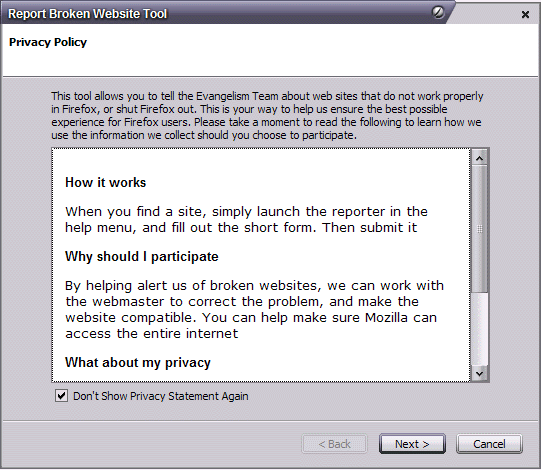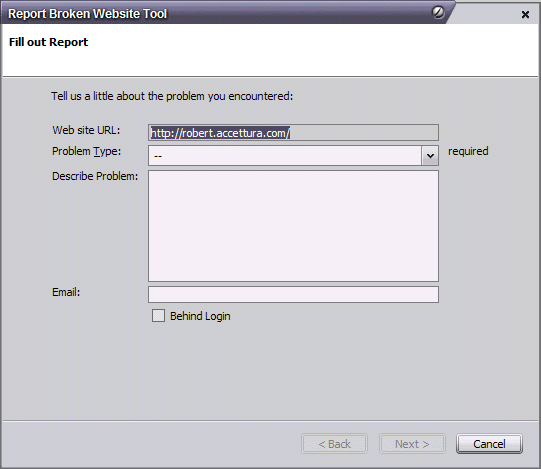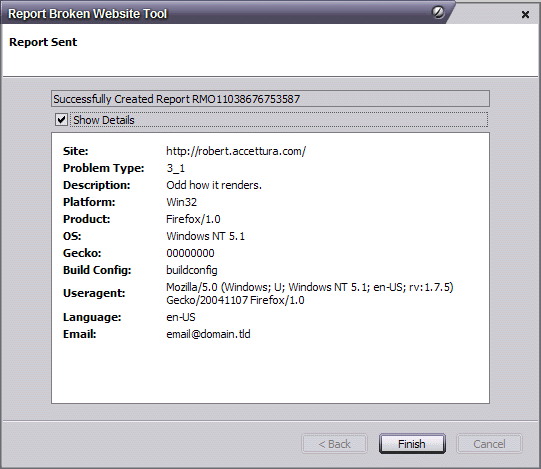John Resig has an interesting blog post on embedded JavaScript. It’s something I’ve been thinking about for a little while.
It would be awesome to see a PHP extension to embed SpiderMonkey into PHP. As far as I’m aware Facebook is the only one that’s taken a step in that direction with FBJS, which uses Mozilla source code. Perhaps that could be a starting point.
Considering the ubiquity of JavaScript, using SpiderMonkey, which is already available for Perl and Python, or Rhino (for Java) would make sense. It would allow for JavaScript to be for logic what XML is for data. In my mind that is nirvana for the web.
XML made our data portable. JavaScript can make our logic portable. Seems practical enough right?
For those who question security, it’s really up to the client to decide if it should parse JS, and what subset it should allow (perhaps no eval()). Having an API based on JS is really no less secure than any other language including one that’s home made. It’s advantage is that it’s used everywhere else and makes your API easier to work with.
This could be cornerstone of Web 3.0. Web 2.0 was largely about shared data and isolated small services. Web 3.0 could be about shared data and shared services.


